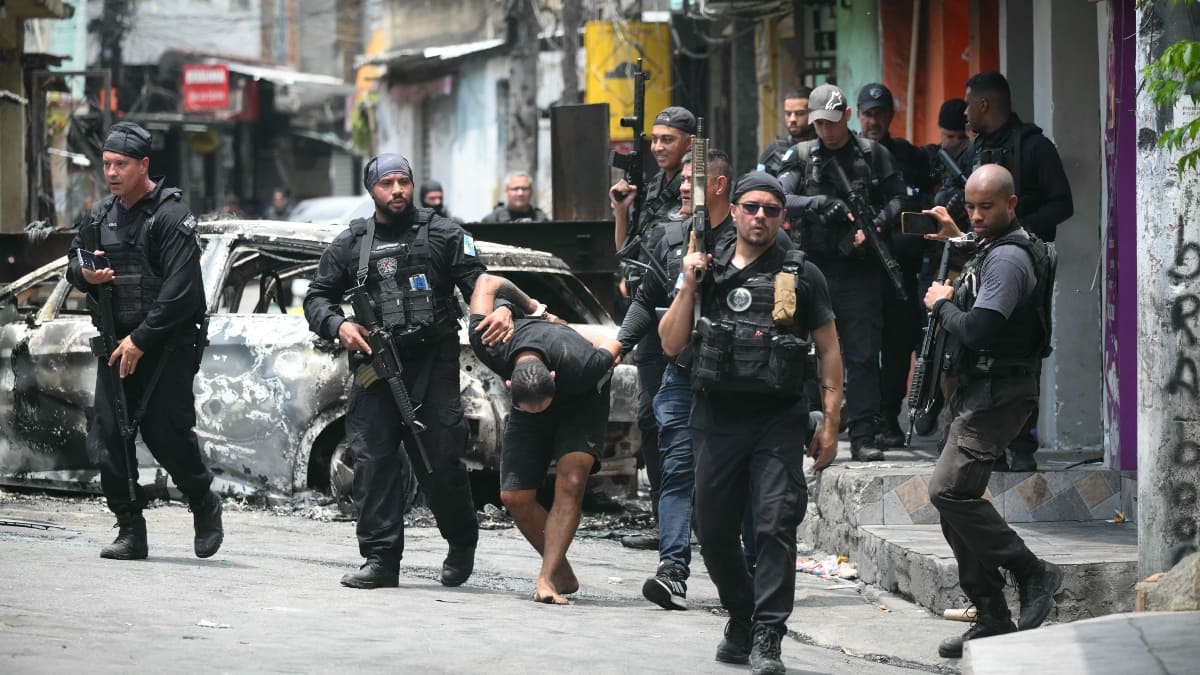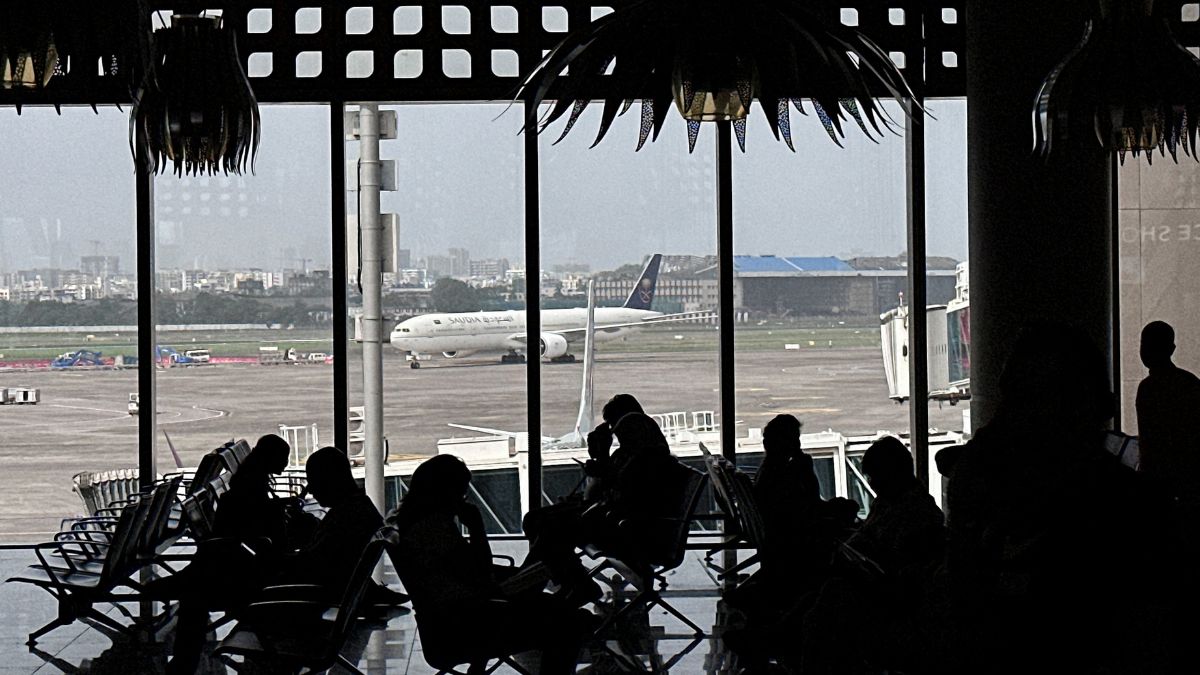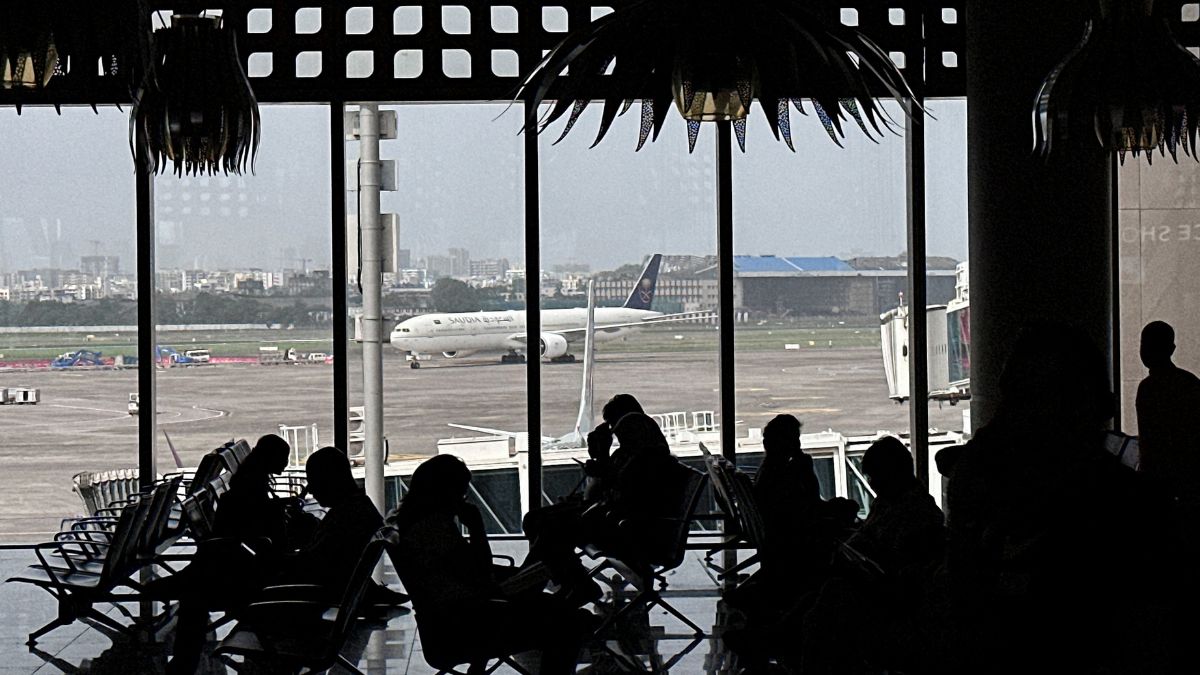China has undertaken sweeping expansion of its missile production network since 2020, significantly strengthening its ability to deter the United States military and assert greater regional dominance, according to a new CNN analysis of satellite imagery, maps, and government records.
The investigation found that more than 60% of 136 facilities linked to missile manufacturing or Chinese military’s rocket force — the military branch that controls the nation’s nuclear arsenal — have shown visible signs of expansion.
Together, these sites have added over 21 million square feet of new floor space since 2020, including new towers, bunkers, and fortified structures consistent with weapons development. In some cases, satellite photos even captured visible missile parts.
“This is China positioning itself as a global superpower. We’re in the initial phases of a new arms race,” CNN quoted William Alberque, a senior adjunct fellow at the Pacific Forum and former Nato director of arms control, as saying.
“China is already sprinting and they’re preparing for a marathon,” Alberque.
A vast military build-up
The report highlights a historic build-up that starkly contrasts with America’s own supply challenges.
Several of the facilities CNN identified have replaced villages and farmland, growing rapidly over the past five years.
By analysing public data from China’s two major state-owned defense giants — the China Aerospace Science and Technology Corporation (CASC) and the China Aerospace Science and Industry Corporation (CASIC) — and cross-checking it with satellite imagery, CNN identified over a dozen previously unreported missile-related sites.
Impact Shorts
More ShortsSince taking power in 2012, Chinese President Xi Jinping has poured billions of dollars into modernising the People’s Liberation Army (PLA) as part of his ambition to transform it into a “world-class” fighting force.
Xi has also prioritised the PLA Rocket Force (PLARF), calling it a “core of strategic deterrence, a strategic buttress to the country’s position as a major power, and a cornerstone on which to build national security.”
China’s missile plants now supply nearly all branches of the PLA, the world’s largest military with more than 2 million active personnel. CNN said it had requested comment from China’s defence ministry but received no response.
Rising tensions and a new arms race
The expansion comes amid rising US–China tensions, including military competition, trade disputes, and geopolitical rivalry. US President Donald Trump met Xi Jinping during a recent East Asia tour, where trade talks were overshadowed by concerns about Beijing’s growing missile capabilities.
Ahead of the meeting, Trump directed the Pentagon to resume nuclear testing “on an equal basis” with China and Russia, marking a sharp departure from decades of US nuclear restraint. Though neither China nor Russia has conducted explosive nuclear tests for over 25 years, both have advanced weapons capable of carrying nuclear warheads.
According to the CNN report, citing Stockholm International Peace Research Institute (SIPRI), China’s nuclear arsenal has been growing faster than any other nation’s, adding around 100 new warheads annually since 2023.
Still, its total remains far below the combined stockpiles of the US and Russia, which together hold 90% of the world’s nuclear weapons.
Taiwan and regional strategy
Weapons experts say the missiles emerging from these new facilities would play a central role in any Chinese military campaign against Taiwan, the self-governing island Beijing claims as its own.
The missiles are designed to establish what analysts call an “anti-access/area denial bubble” along China’s coast — a zone intended to keep the US Navy and its allies at bay during a potential conflict.
The PLA aims “to set the conditions for the invasion of Taiwan,” Decker Eveleth, a research analyst at the nonprofit national security think tank CNA, told CNN.
“So that’s shooting at ports, shooting at helicopter bases, shooting at supply bases… shooting at anything that can theoretically let you bring support to Taiwan. They want to destroy things in theater and keep everything else out.”
CNN’s review found that 65 of 99 missile production sites have expanded since 2020, while 22 of 37 Rocket Force bases grew in the same period — a scale of development that experts say could exponentially increase China’s missile output.
China’s military surge vs. US supply strain
The Pentagon estimated in late 2024 that China’s Rocket Force boosted its missile inventory by 50% in four years. CNN’s findings suggest this growth has only accelerated.
China also raised its official defence budget by 7.2% in 2025, to about $245 billion, marking its fourth consecutive year of above-7% increases. Analysts believe the true figure could be substantially higher.
Meanwhile, the US has struggled to replenish its own high-end munitions, having diverted large quantities to support Ukraine and Israel.
CNN reported in July that Washington used up roughly 25% of its THAAD missile interceptors while defending Israel during a 12-day conflict with Iran.
The US later awarded Lockheed Martin a $2 billion contract to ramp up production of the interceptors, which cost about $12.7 million apiece and take months to build.
Experts warn that these supply challenges could weaken US deterrence efforts as China continues to upgrade its missile forces.
Asked about the CNN findings, the Pentagon declined to comment, saying it would not “speak to matters of intelligence.”
Lessons from Ukraine
According to the CNN report, China’s missile expansion accelerated after Russia’s full-scale invasion of Ukraine in 2022. Satellite data showed Beijing nearly doubled construction at missile sites in the following two years.
“They’re watching Ukraine incredibly closely,” Alberque said. “They’re now watching real-life combat action between two very capable forces with the most modern technologies going toe to toe and they’re taking copious notes.”
Military analysts say the PLA has drawn lessons from the conflict — particularly how Russia has overwhelmed advanced air defences by using cheap drones to pave the way for more powerful ballistic missile strikes. That approach requires a vast and flexible missile inventory.
According to Alberque, China once estimated it would need 5,000 to 10,000 missiles to subdue Taiwan, but “after Russia’s invasion of Ukraine, Beijing’s estimates have increased exponentially.”
Corruption clouds China’s buildup
Despite its rapid progress, China’s missile programme has been dogged by corruption scandals within the PLA.
Over the past two years, multiple senior officers linked to the Rocket Force — including two former defensce ministers — have been removed amid investigations into alleged bribery and procurement fraud.
“I think they’ve identified it (corruption) as something that really has posed great risks to the political reliability and ultimately the operational capability of the PLA,” CNN quoted a senior US defence official as saying in December.
Hidden factories and powerful new weapons
Information from CASC and CASIC helped CNN pinpoint dozens of new missile production sites, including a facility in Shaanxi province run by CASC’s 4th Academy, which builds solid-fuel rockets.
Satellite photos show early-stage construction surrounded by blast walls, a common safety feature at weapons plants.
One major site near Beijing, which has expanded by almost 50% since 2020, is believed to manufacture the DF-26 medium-range ballistic missile, nicknamed the “Guam killer.”
A new variant, the DF-26D, equipped with a hypersonic glide vehicle, was unveiled at a military parade in September.
Experts say its unpredictable flight path could help it evade US missile defences and strike the US territory of Guam, home to the Andersen Air Force Base.
A new era of strategic competition
Satellite imagery also revealed missile parts on tarmacs, old rocket sections in disused lots, and factories nestled both in crowded cities and remote valleys. Some sites were harder to identify but were linked to the defence sector through ownership and secretive operations.
At one Sanyuan County test site, CNN found evidence of a facility capable of simulating hypersonic flight environments, developed with a university under US sanctions for ties to China’s military.
Experts warn that China’s rapid military industrialisation marks a profound shift in the global balance of power.
“I think there already is a cold war,” CNN quoted David Santoro, president of the Pacific Forum, as saying. “It’s across all domains and the risk is that it will turn into a hot war.”
With inputs from agencies


)

)
)
)
)
)
)
)
)



